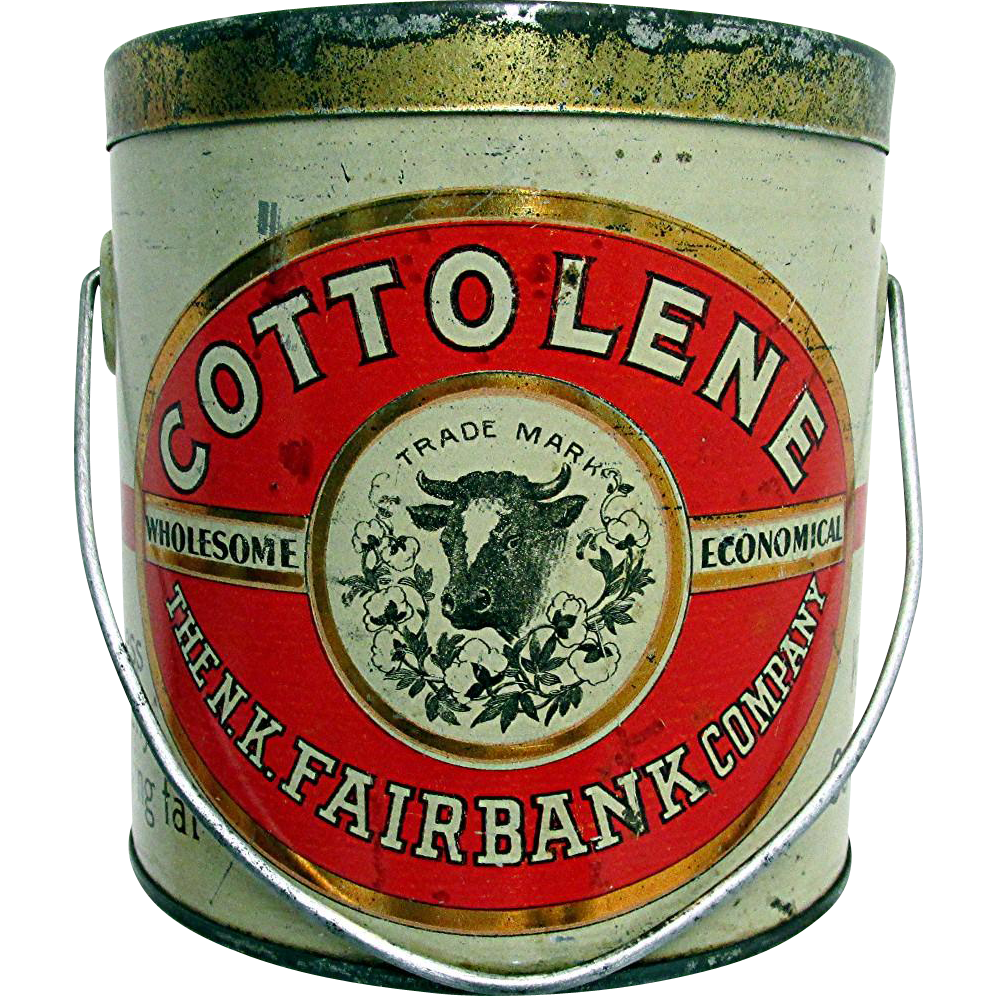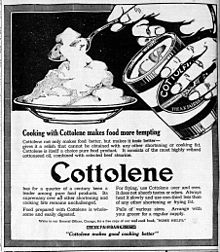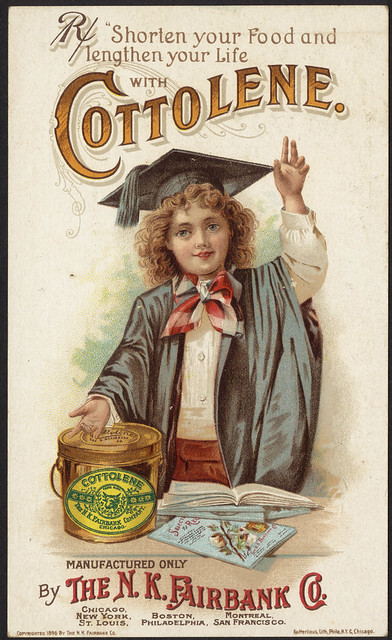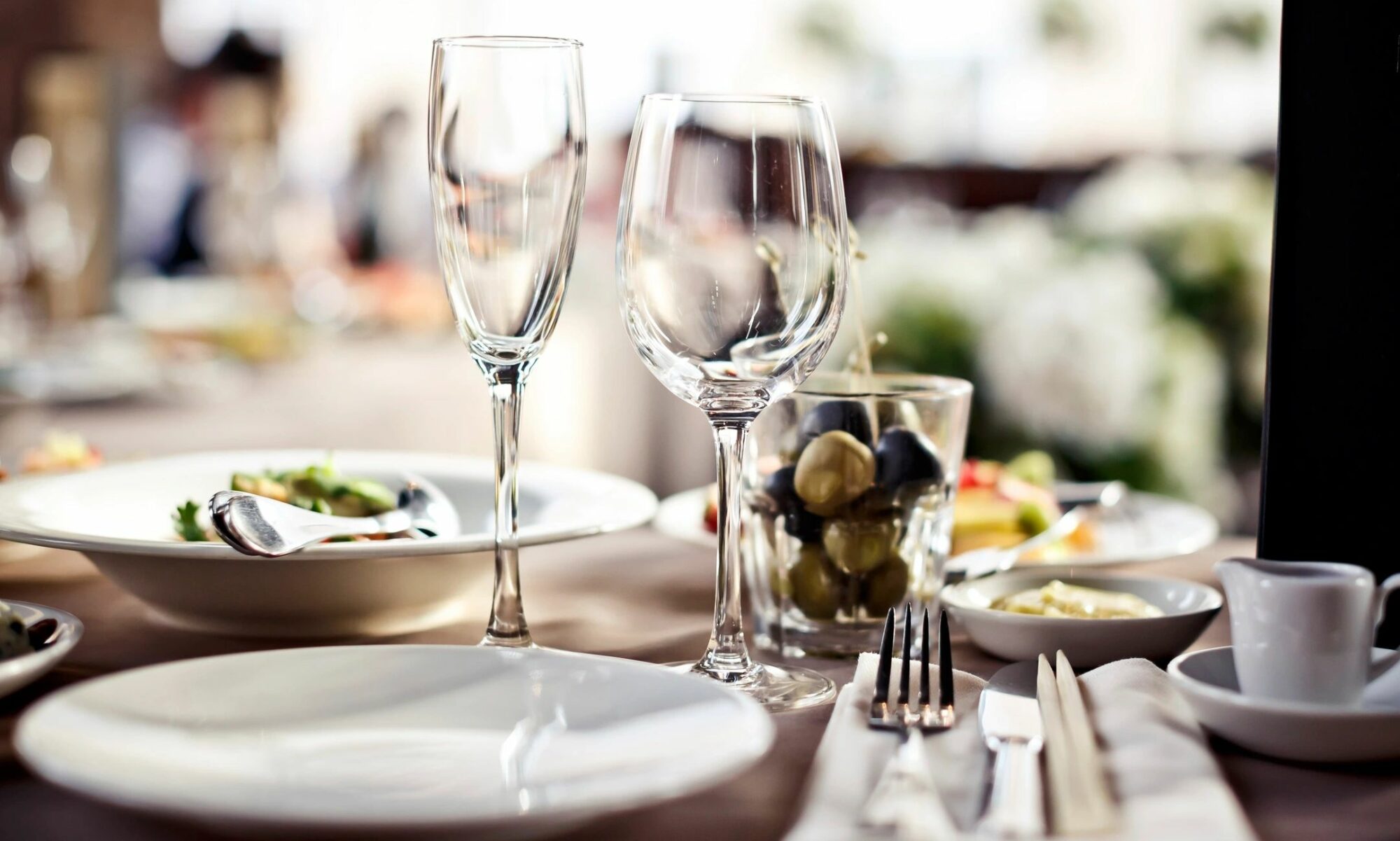“To the modern wide-awake, twentieth-century woman, efficiency in household matters is quite as much a problem as efficiency in business is to the captains of industry.”
Thus begins the Introduction to Fifty-Two Sunday Dinners.
This is the second installment of my cookbook challenge and the oldest of all the vintage cookbooks I inherited from my grandmother. This book is titled Fifty-Two Sunday Dinners by Elizabeth O. Hiller, published in 1913 by the N.K. Fairbank Company. At that time, the book sold for $1.00. According to the US Inflation Calculator, that equates to just under $26.00 in 2019 funds so clearly this was a cookbook aimed at a somewhat more affluent household of the time.
I am including my YouTube video review of the cookbook at the end of this post.
 My copy of this cookbook is falling to pieces. Both the front and back covers have detached from the book, and it has clearly seen some use. The book is inscribed by my great grandmother, Lillian W. Bollin and dated 1918. She was born in 1863 in Richmond, VA, so at this point would have been in her mid-fifties and living in Columbia, SC.
My copy of this cookbook is falling to pieces. Both the front and back covers have detached from the book, and it has clearly seen some use. The book is inscribed by my great grandmother, Lillian W. Bollin and dated 1918. She was born in 1863 in Richmond, VA, so at this point would have been in her mid-fifties and living in Columbia, SC.
The author, Elizabeth O. Hiller, was a prolific cookbook author and well-known culinary figure. Among other things, she wrote recipes for the Chicago Tribune and early in her career lost out to Fanny Farmer to be a columnist for Women’s Home Journal. If she has won, I imagine we would know more about her. If you look up her list of publications, however, you will see that she was a busy writer. You can get more information about her at her Wikipedia bio.
Fifty-Two Sunday Dinners is a fascinating cookbook for a number of reasons. First, the recipes are complex and use expensive ingredients – indicating again that the market was a more affluent household. Second, the structure of the cookbook is not just a collection of recipes, rather it is a collection of 52 full meal plans, each geared towards a different Sunday of the year. Finally, it is both a cookbook and what we would call an “advertorial” for a product called Cottolene.
 I would love to know how many readers have ever heard of Cottolene. I know that I had no clue what it was until I started to read the cookbook and then did a great deal of online research. In 1868, the N. K. Fairbank company premiered a product made from a combination of cottonseed oil and beef suet. This product, called Cottolene, was touted as a healthy alternative to lard. The product was the end result of what had previously been waste products in two major industries – cotton and meatpacking. From 1868 until 1911, Cottolene was essentially the only product of its type on the market.
I would love to know how many readers have ever heard of Cottolene. I know that I had no clue what it was until I started to read the cookbook and then did a great deal of online research. In 1868, the N. K. Fairbank company premiered a product made from a combination of cottonseed oil and beef suet. This product, called Cottolene, was touted as a healthy alternative to lard. The product was the end result of what had previously been waste products in two major industries – cotton and meatpacking. From 1868 until 1911, Cottolene was essentially the only product of its type on the market.
In 1911, however, a company called Proctor and Gamble created a product called Crisco (I bet you recognize that one). Crisco was 100% cottonseed oil. What ensued then was a competition to see which product would win over the hearts (and stomachs) of American’s housewives.
 Both companies did traditional advertising, but also utilized the “advertorial” concept similar to the one from Fifty-Two Sunday Dinners. They would find a noted cook and/or recipe writer, have them compile a cookbook, then include information about the product. That information generally included testimonials from well-known cooks as well as testimonials from doctors, touting the health benefits of the product over those of lard and butter.
Both companies did traditional advertising, but also utilized the “advertorial” concept similar to the one from Fifty-Two Sunday Dinners. They would find a noted cook and/or recipe writer, have them compile a cookbook, then include information about the product. That information generally included testimonials from well-known cooks as well as testimonials from doctors, touting the health benefits of the product over those of lard and butter.
Obviously, Crisco won that PR battle because it’s still here while Cottolene has faded into the annals of culinary history.
In an online article, Alice Ross does a great job of exploring the history of both Cottolene and Crisco and what she terms the “mysterious disappearance of lard.” You can also get information about Cottolene and Crisco on their respective Wikipedia pages.
The advertising campaign for Cottolene was fascinating. I invited you to use your favorite search engine to find images of early 20th century Cottolene advertising. I think you will be entertained by what you find. I will include a few images at the end of this post as well.
According to the Introduction of the book:
The eternal feminine question is, “What shall we have for dinner to-day?”
Fifty-Two Sunday Dinners, as you see, is clearly a product of the time. In 1913, the assumption was that women stayed home to take care of the family while husbands went out and worked to support the family. If you can get past some of these types of references in the cookbook, however, you will find an extraordinarily well-crafted series of recipes. The title gives a clue as to the layout of the book. Rather than being a simple collection of recipes, the book is divided into 52 sections each containing a full menu designed for a specific Sunday of the year. The assumption is that Sunday dinners are generally more elaborate than the rest of the week.
For instance, as I am writing this review the next Sunday will be the 1st Sunday of August. In the cookbook, that menu consists of the following:
- Nova Scotia Canapés
- Pan Broiled Fillets of Beef – Sultana Sauce
- Carlsbad Potatoes
- Peas and Onions French Style
- Lettuce, Peppergrass and Onion Salad
- Peach Ice Cream
- Cocoanut Cake
- Coffee
A very complete meal – and that’s one of the least complicated of the meals in the book.
The author aligns ingredients and recipes to be as seasonal as possible. In the Introduction, the publishers note:
While climatic conditions differ somewhat in various sections of the country, we have tried to approximate the general average, so that the suggestions might be as valuable to the housewife in New England as to the housewife in the West or South, or vice versa.
From the ingredient lists, it seems clear that refrigerated transport was available up to a point. Many winter recipes include oysters, which would obviously have to be shipped quickly and on ice to get to the Midwest safely. Beyond that, most of the ingredients seem to be focused on what can be found locally and seasonally. During spring and summer months, many menus include dandelion greens along with instructions how to harvest and clean them.
Overall, I found this cookbook to be one of the best I have read in a quite a long while. There are very few recipes repeated, so in the course of reading this cookbook you will find over 300 intriguing options. I also love the ‘meal planning’ aspect of this book. The idea of putting together full meal plans makes it easy to just lift a section and create a fantastic meal for six hungry people at any time. The meals are not simple to prepare, nor are they for the novice cook. Some of the techniques are time-consuming and intricate, but the results are sure to be superb.
If you’re interested in this cookbook, you don’t have to search for an actual vintage copy. I found out that the book was republished in its entirety in 1981 with the same cover art and all of the vintage Cottolene information intact! So check out Amazon for a more recent copy.
As promised in my introduction to the cookbook challenge, I used a random number generator to pick a page from the cookbook. The page chosen was page 15, containing the following recipes:
- Consommé Duchess
- Imperial Sticks
- Crab Meat in Timbale Cases
- Swedish Timbales
My next post will be a video of my cooking one (or more) of the recipes from that page. Until then, please enjoy the video review below.
Epicuriously Yours,
Tommy


